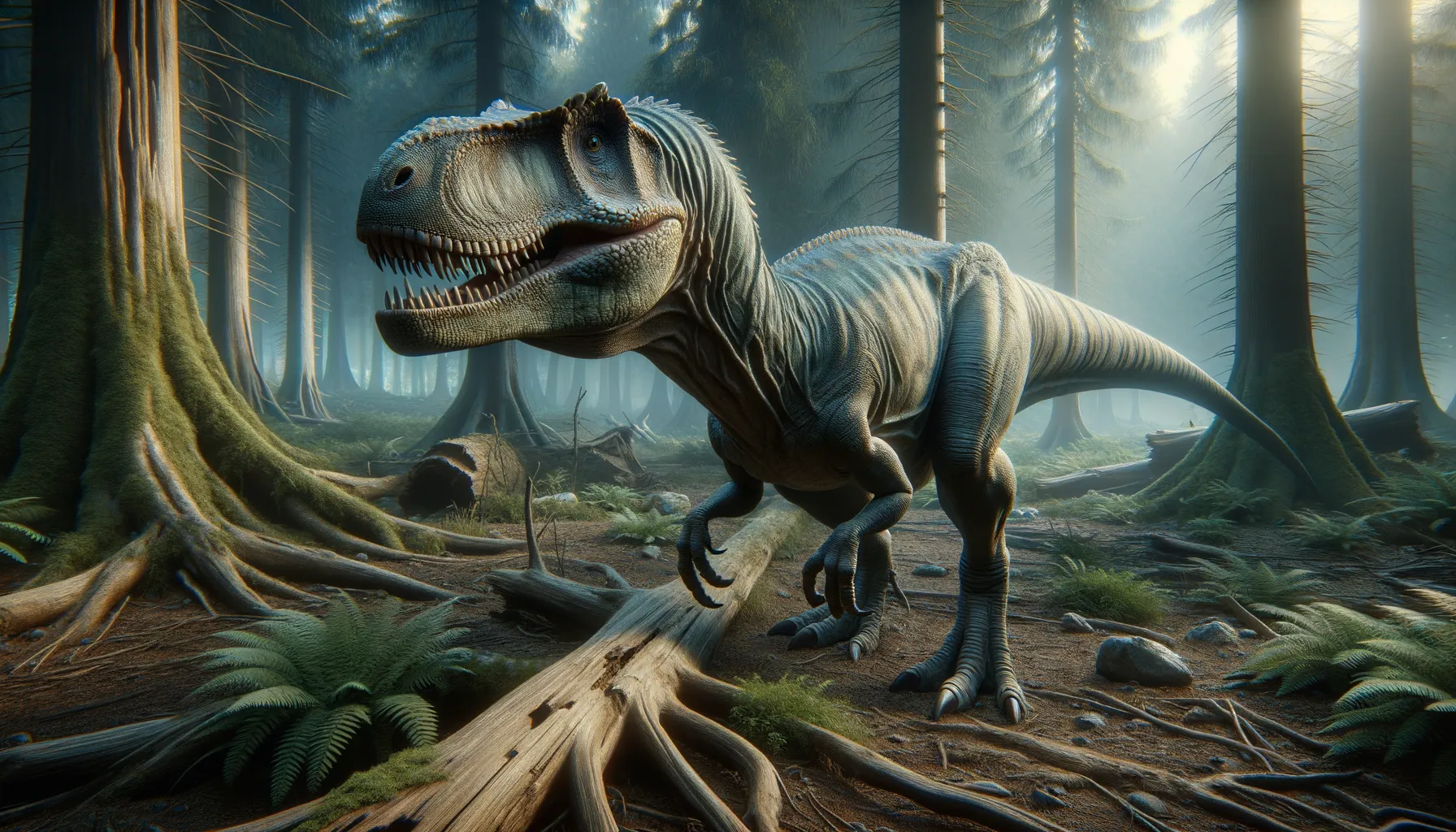
Leptospondylus
Swift predator of the Cretaceous landscapes.
Period
triassic
Length
Close to 6 meters long.
Height
About 2 meters tall.
Weight
Approximately 500 kilograms.
Leptospondylus was a medium-sized theropod dinosaur that roamed the prehistoric landscapes during the Cretaceous period. Known for its agile movements, it was well-adapted to its environment, with features that made it a successful predator. Fossils have provided insights into its life, showcasing strong limbs and sharp teeth suited for a carnivorous diet.
Diet
Leptospondylus was carnivorous, primarily feeding on smaller dinosaurs and possibly scavenging. Its sharp teeth and strong jaw muscles suggest it was an adept hunter capable of taking down prey.
Hunting
This dinosaur likely relied on stealth and speed to capture prey. Evidence of its limb structure implies it could have used short bursts of speed during hunts, snatching unsuspecting animals as it traveled through dense vegetation.
Environmental challenges
Living in a period filled with diverse predators and prey, competition for food was a constant challenge for Leptospondylus. Fluctuating environmental conditions, such as changes in climate or vegetation, would have impacted its hunting grounds. Additionally, volcanic activity and shifting landmasses during the Cretaceous presented both obstacles and opportunities for survival.
Speed
Moderate speed typical of theropods.
Lifespan
Estimated up to 20 years.
First discovery
First discovered in South America in the late 1800s.
Fun Facts
- Leptospondylus was a small dinosaur that lived during the Late Jurassic period, approximately 150 million years ago.
- The name Leptospondylus means 'slender vertebra', which refers to its narrow and lightweight spinal bones.
- Leptospondylus belonged to the group of dinosaurs known as theropods, which are mostly meat-eating dinosaurs walking on two legs.
- Fossils of Leptospondylus have been discovered in parts of what is now Europe.
- This dinosaur was relatively small compared to its theropod cousins, making it quick and agile.
- Leptospondylus likely had a carnivorous diet, preying on small animals and insects.
- Despite its tiny size, Leptospondylus was equipped with sharp teeth and claws, perfect for hunting.
Growth and Development
As with many theropods, Leptospondylus experienced rapid growth phases, particularly in its early years. Fossil evidence suggests a relatively quick maturation, possibly reaching full size within a few years. Growth rings found in bones indicate seasonal growth variation, influenced by the availability of resources.
Habitat
Leptospondylus inhabited regions rich in vegetation, likely dense forests or areas with abundant undergrowth. Its environment provided ample cover for stalking prey. The presence of water sources such as rivers or lakes was also crucial, supporting not just the dinosaur but its prey and other ecosystem members.
Interaction with other species
Leptospondylus co-existed with various other dinosaur species, including herbivores it preyed upon. It might have faced competition from other carnivorous dinosaurs, potentially leading to territorial disputes. Fossil evidence shows that it lived alongside smaller theropods and large sauropods, influencing its role in the food web.
Natural lifespan
Leptospondylus could naturally live up to 20 years.
Reproduction
Leptospondylus likely laid eggs, as seen in other theropods, with nesting sites strategically chosen for safety. Parental care might have been present, with adults guarding nests from predators. Hatchlings faced a perilous journey to adulthood, requiring quickly adapting to their surroundings.
Social behaviour
Leptospondylus might've been a solitary predator, hunting alone or in small groups similar to modern-day solitary hunters. Its social structure remains speculative, but competition for resources likely dictated its interactions with others. Instances of group hunting could have occurred if benefiting from shared efforts.
Fossil locations
Fossils of Leptospondylus have primarily been discovered in South America, particularly in Argentina and Brazil. These fossils were unearthed in regions with rich Cretaceous deposits, revealing a broad distribution across prehistoric landscapes. The findings have provided crucial insights into its anatomy and lifestyle.
